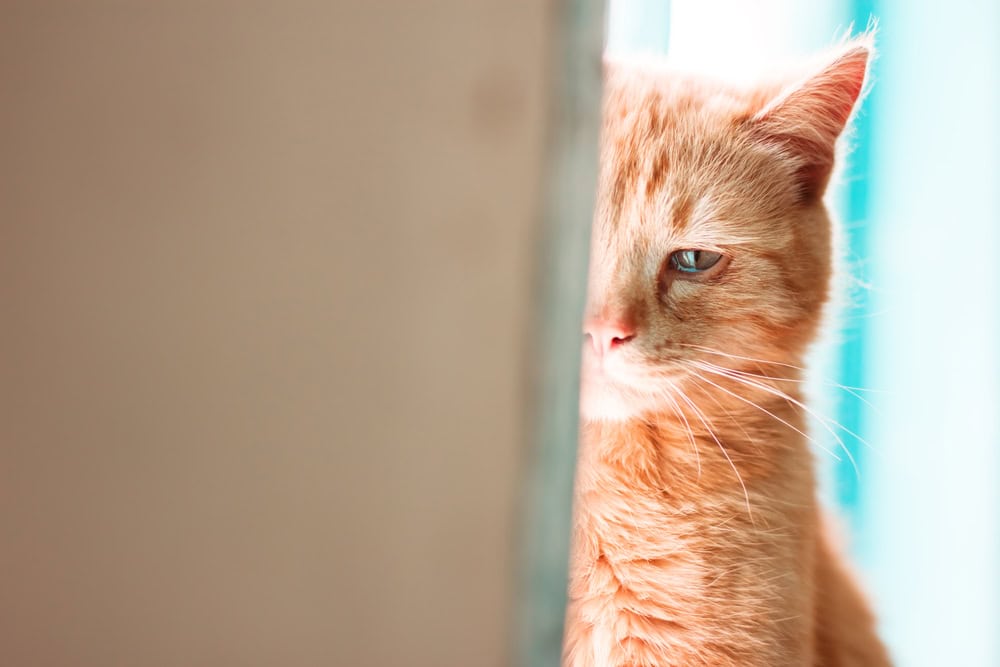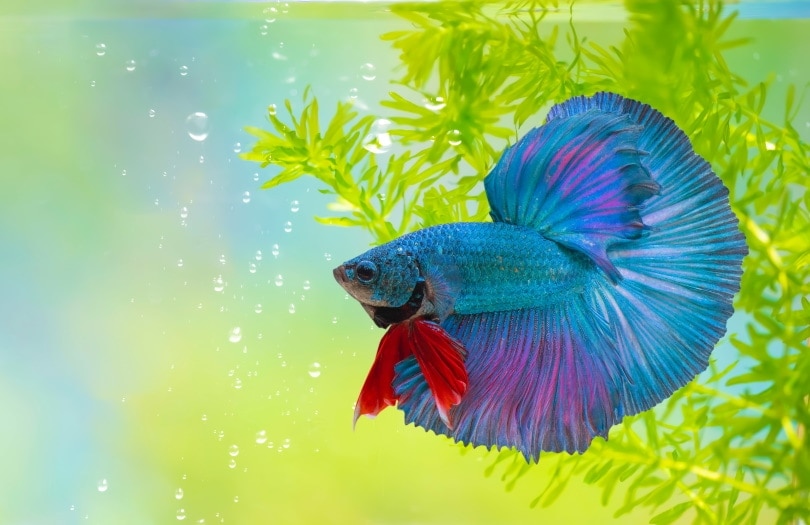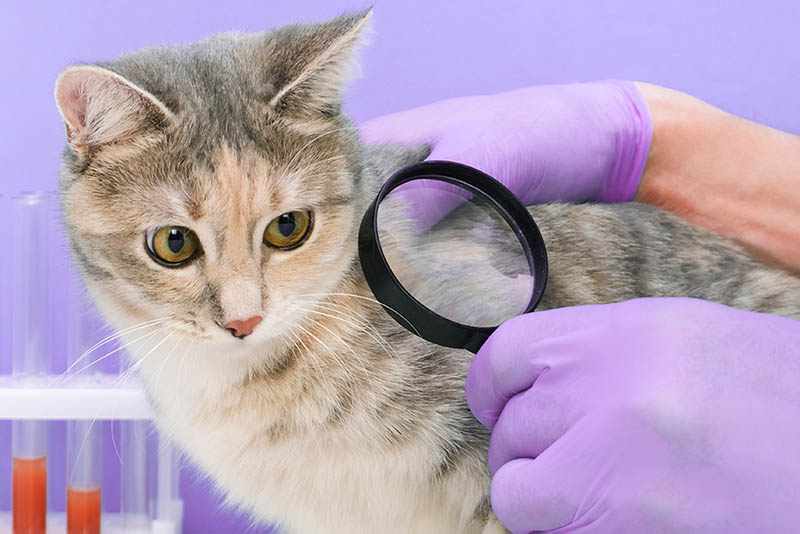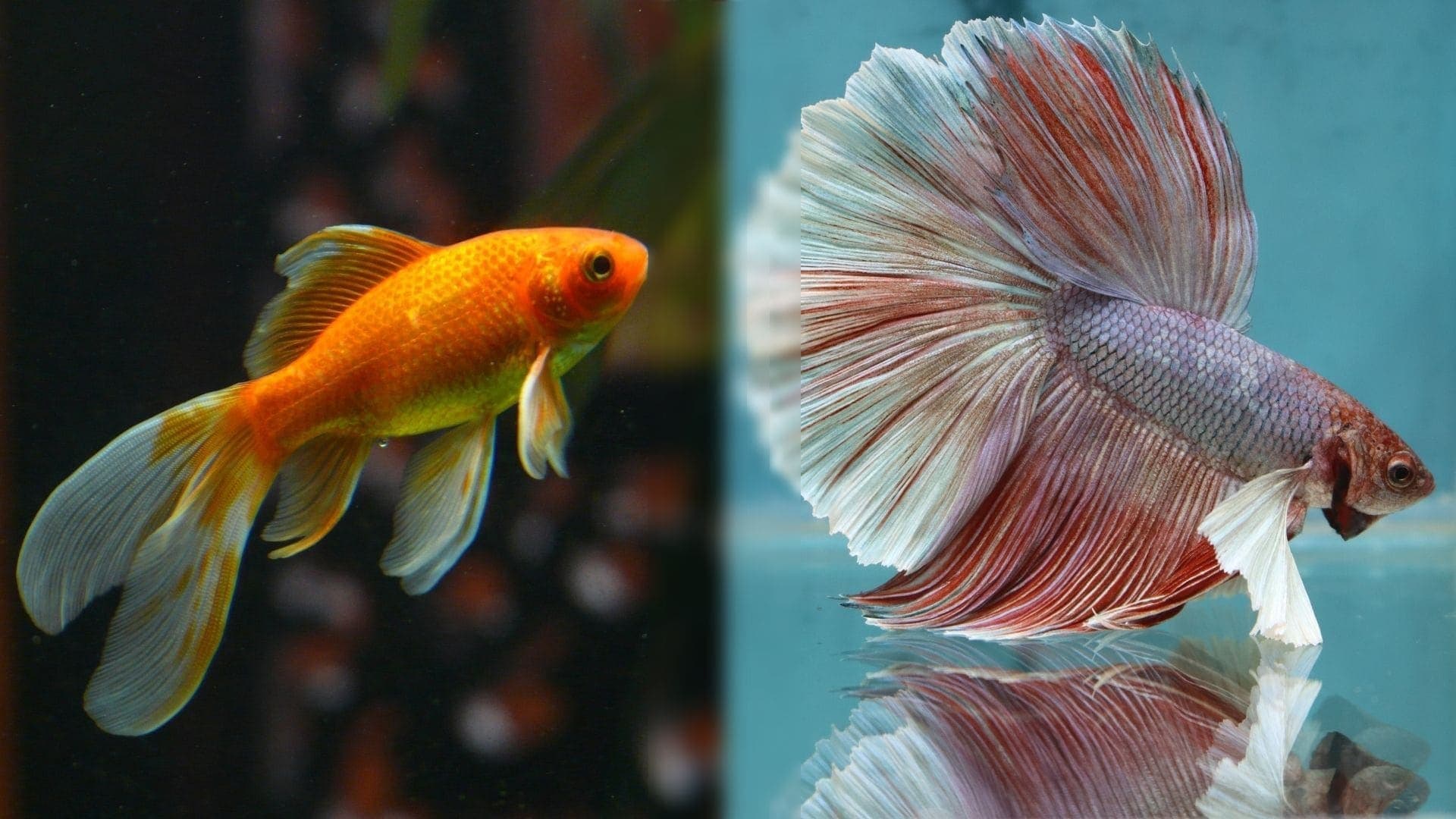My Dog Ate Cat Litter! Our Vet Explains What To Do

Updated on
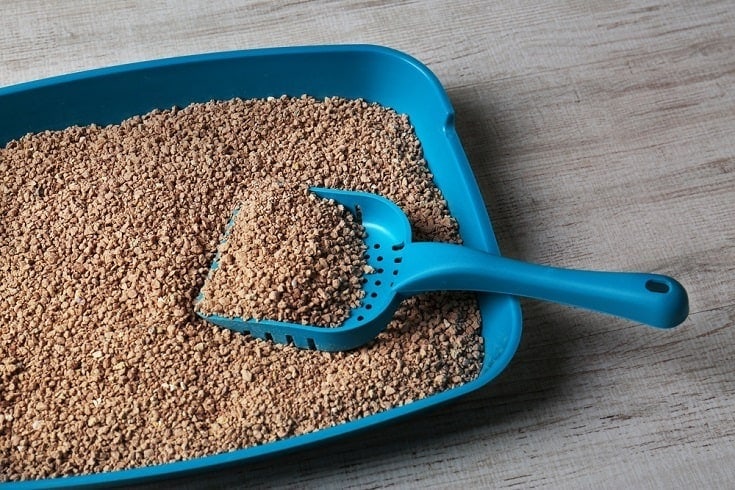
If you have a household with cats and dogs, chances are you’ve caught your dog digging in the cat litter box looking for a snack. Perhaps you’ve even seen your pup gulping down a mouthful or two of litter. If this is the case, you’re probably wondering what to do next and if you should be worried.
While cat litter itself isn’t toxic, it can cause gastrointestinal upset, constipation, and at worst, a life-threatening intestinal obstruction if eaten in large amounts. If you catch your dog eating cat litter, what to do next depends on how much litter your pup has eaten.
If your dog has eaten a small amount of litter, it’ll probably pass without an issue. You should however, keep a close eye on your pup for a few days to make sure that the litter passes without complications. If your dog has eaten a large amount of litter, it’s best to seek immediate veterinary attention.
Is Cat Litter Bad for Dogs?
To answer this question, we need to understand exactly what cat litter is made of. There are four main types of cat litter available. These include non-clumping clay litter, clumping clay litter, crystal (silica gel) litter, and litter made of natural ingredients such as paper, pine, wheat, nutshells, and corn. While none of these ingredients are toxic, it doesn’t mean that litter is safe for dogs to eat.
If your dog eats a few odd bits of litter, the litter will probably pass without too much trouble, or it may cause a mild case of vomiting or diarrhea. However, if your dog consumes a large amount of litter relative to their size, the litter may cause constipation or at worst, an intestinal obstruction that requires emergency surgery to treat.
Clumping litter is particularly problematic as it contains an ingredient called sodium bentonite that swells and forms a solid lump when wet. Clumping litter is great for absorbing cat urine but it can put your dog at risk of developing an obstruction if eaten.
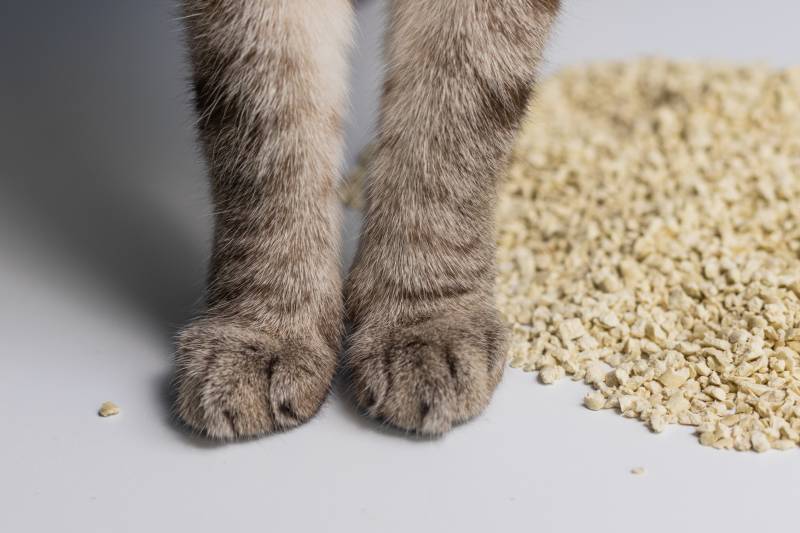
What to Do if Your Dog Eats Cat Litter
If you catch your dog eating cat litter, stop him from eating more. Try to get an idea of the amount of litter eaten. The amount of litter ingested helps determine the treatment needed.
If your dog has eaten a small amount of litter, it’ll likely pass without an issue. You’ll need to keep a close eye on him for the next couple of days though. If he vomits, appears lethargic, has abdominal pain, stops eating, has less frequent bowel movements, or has difficulty passing stools, he’ll need to be seen by a veterinarian as soon as possible. These signs could indicate that your pup is constipated or that he’s developed an obstruction.
If your dog has eaten a large amount of litter, or if you’re unsure about how much he’s eaten, it’s best to seek veterinary attention right away.
What Happens Next?
If your dog has eaten a large amount of litter or if he’s showing signs of constipation or an intestinal obstruction, your veterinarian will need to take X-rays and/or perform an ultrasound of your dog’s abdomen to try get a better idea of what’s going on. Blood tests are sometimes necessary to assess the general health of your dog and to rule out any other conditions that may mimic the signs of an obstruction.
If your dog has eaten a large amount of litter and your veterinarian feels that there’s a chance of it passing through without causing a problem, your dog will most likely be treated with intravenous (IV) fluids and other medications to help control the pain and nausea. Your dog may also need to be hospitalized for observation.
If, however, the ingested litter causes constipation, your veterinarian will need to remove the hardened, impacted fecal matter. This is done through a combination of enemas, manual removal, and laxatives.
If your dog develops an intestinal obstruction, he’ll require emergency surgery. An intestinal obstruction is life-threatening. Time is critical in these situations as an obstruction cuts off the blood flow to the intestines. If the blood supply is interrupted for more than a few hours, the gut tissue may die, resulting in irreparable damage and shock.
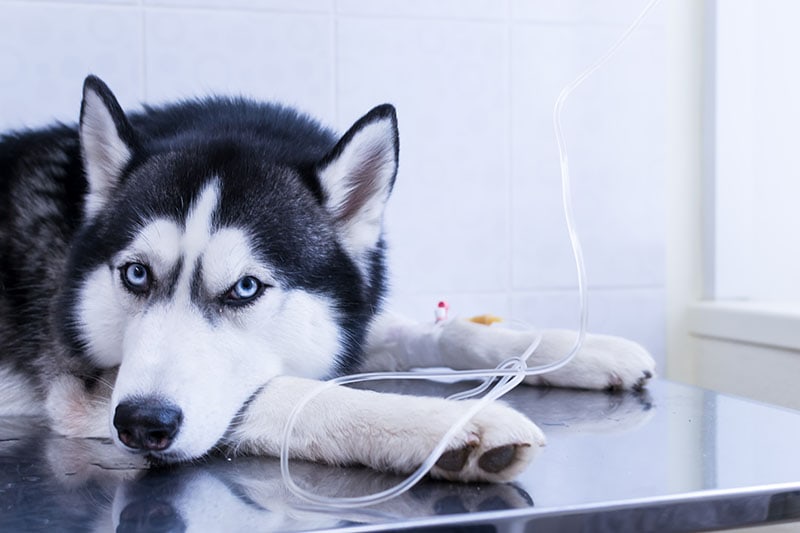
Why Do Dogs Eat Cat Litter?
Dogs are scavengers by nature – they’re attracted to the litter box because of the presence of cat feces. Cat feces have a high protein content due to a cat’s high protein diet, making it tasty to dogs. For most dogs, eating cat feces in the litter tray is their main objective; the ingestion of cat litter is secondary.
While it may seem disgusting, eating cat poop is perfectly normal behavior and does not mean that your dog has a nutritional deficiency. However, if you find your dog eating clean cat litter without feces in it, it’s worth mentioning to your vet as this behavior (known as pica-) may indicate that your dog does have some kind of nutritional deficiency.
Conclusion
Although cat litter itself isn’t toxic, it has the potential to cause gastrointestinal upset, constipation, or a life-threatening bowel obstruction if eaten. If your dog eats a few odd bits of litter, it’ll probably pass through without an issue, although you need to monitor your pup for signs of constipation and an intestinal obstruction for the next few days. If your dog eats a large amount of litter relative to their size, it’s a more serious situation and it’s best to seek immediate veterinary attention.
Prevention is better than cure in these situations. Most dogs find it difficult to resist the smell of cat feces, so it’s advisable to place your cat litter box in a spot where pup can’t access it.
Featured Image Credit: Africa Studio, Shutterstock

